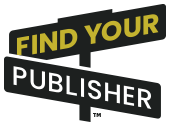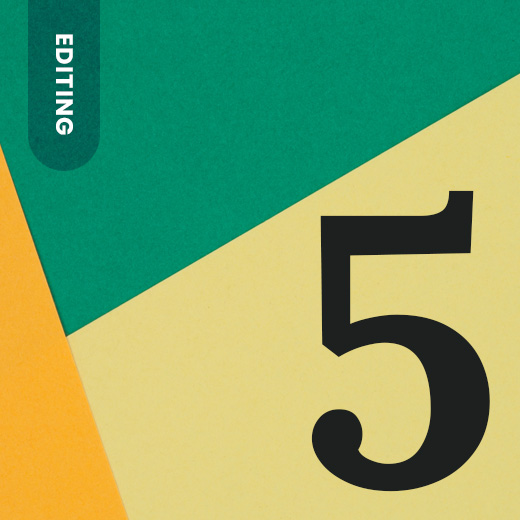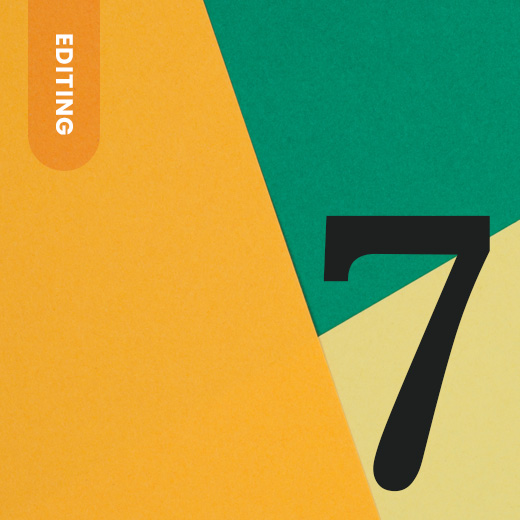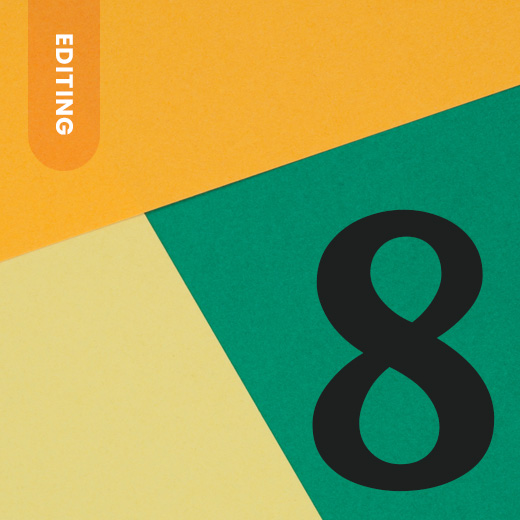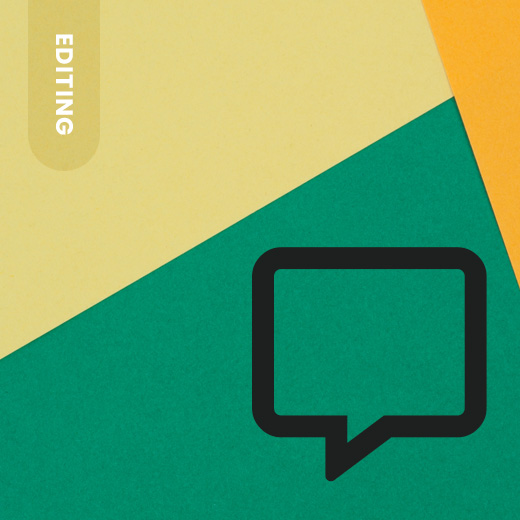Book Editing Terms Every Author Should Know
Editing your manuscript for the first time can be overwhelming, especially when hit with industry jargon. Whether you’re a new writer or new to editing, you need to know the basic terms editors use to get your manuscript ready for publication. Here’s a list of key editing terms with explanations to help you understand what they mean in the editing process.
AP
Associated Press style. A set of grammar and style rules journalists and media professionals use. Clarity, brevity, accuracy. For news writing.
AP is useful for writers who want a journalistic tone or are submitting to the media. Knowing AP style is crucial for consistency in punctuation, capitalization and abbreviation usage which is important for credibility in news and media writing.
APA Style
American Psychological Association (APA) style is a writing and citation format used in the sciences, especially psychology, sociology and education.
APA style provides a framework for scientific papers including guidelines for in-text citations, references, headings and overall manuscript structure. For academic writers, knowing APA style is essential for presenting research in a clear and consistent format.
Chicago Style
Chicago Manual of Style is the style used in book publishing especially for non-fiction and academic works.
Book publishers prefer the Chicago style because it’s all encompassing for citations and manuscript preparation. It has two systems: the Notes and Bibliography system used in the humanities and the Author-Date system used in the sciences. Knowing the Chicago style helps authors format citations, footnotes and bibliographies correctly so their work looks polished and professional.
Content Editing
Content editing is about strengthening the manuscript’s overall plot or subject matter. It’s about looking at presentation, accuracy, relevance, consistency and the narrative.
Content editing goes beyond grammar or punctuation; it gets to the heart of the manuscript. A content editor might suggest reorganizing chapters, developing characters more fully or refining the central theme to make the manuscript more impactful on the reader. This type of editing is for authors who want to make sure their story or argument is convincing and logical.
Copyediting
Copyediting is the process of correcting grammar, punctuation, spelling, usage and style to a set of writing guidelines.
Copyediting is the final check before a manuscript goes to print. A copy editor will review the text to remove errors and inconsistencies so the manuscript reads well and is style guide compliant. This type of editing is essential for the readability of the text.
Developmental Editing
Developmental editing is about evaluating and improving the manuscript’s overall structure, content, and flow. It might involve reorganizing chapters, changing the tone or voice, adding or deleting material etc.
Developmental editing is a collaborative process between the editor and author, looking at the big picture. This type of editing is good for writers who need help turning their manuscript into a book. It’s most important in the early stages of writing where big changes can make a big difference.
Formatting
Formatting is the process of preparing the manuscript to create the final book pages including the interior text and images.
Proper formatting is important for a professional looking book. This means setting margins, choosing fonts, aligning text and ensuring consistent spacing. A well formatted book is not only visually pleasing, but also easier to read which improves the reader experience.
Freelance Editor
A freelance editor is a self-employed professional who a writer hires to edit a manuscript and get it published.
Hiring a freelance editor gives writers flexibility and access to a wide range of expertise. Freelance editors can specialize in different types of editing from content editing to proofreading so authors can find the right one for their needs. This is especially good for self-publishing authors who want to make sure their manuscript is polished and market ready.
Index
An index is a list of words or phrases and the page numbers where those terms can be found in the book, usually in the back matter.
An index is important for non-fiction books as it helps readers find specific information quickly. A good index makes a book a reference tool. Indexing requires attention to detail and knowledge of the book’s content to make sure the most important terms are included.
Line Editing
Line editing is about improving the voice, tone and phrasing. It’s about looking at the manuscript at sentence and paragraph level to improve pacing, character development, dialogue,
Line editing is where the manuscript’s personality comes alive. A line editor works closely with the text to refine the author’s voice so the language and story flows. This type of editing is good for authors who want to hone their writing and raise the bar.
MLA Style
The Modern Language Association (MLA) style is a writing and citation style used in the humanities, particularly literature and cultural studies.
MLA style is used in academic writing especially in the arts and humanities. It provides guidelines for citing sources, formatting papers and structuring arguments. Knowing MLA style is good for students and scholars who want to present their work clearly and academically correct.
Proofreading
Proofreading is the final stage of editing before the book is printed. It’s about checking for any remaining errors in grammar, punctuation, spelling and usage.
Proofreading is the last chance to catch errors before a book is published. A proofreader reviews the printed manuscript to make sure no mistakes were introduced in the final stages of production. It’s about maintaining the text’s integrity and a professional finish.
Research Editing
Research editing is about correcting technical errors in the manuscript, especially facts and sources.
Research editing is important for nonfiction and academic writers to verify the content. A research editor checks facts, statistics and references to make sure the information presented is accurate and trustworthy. This type of editing is especially good for authors who want to establish themselves as an expert in their field.
Revising
Revising is the stage before editing, where the author reviews and rewrites their draft, changing the content and structure.
Revising is part of the writing process, where the author refines their ideas and improves the manuscript. This stage involves reorganizing, adding or removing content, and clarifying the main points. Revising is good to make sure the manuscript is well structured and conveys the author’s message.
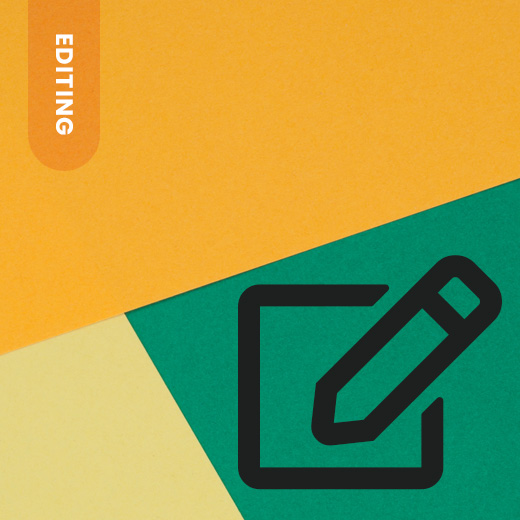
Don't let your manuscript sit idle
start your publishing journey now!
Get matched with a self-publishing company specifically chosen for you and the book you are publishing.
Don’t let your manuscript sit idle – start your publishing journey now!
